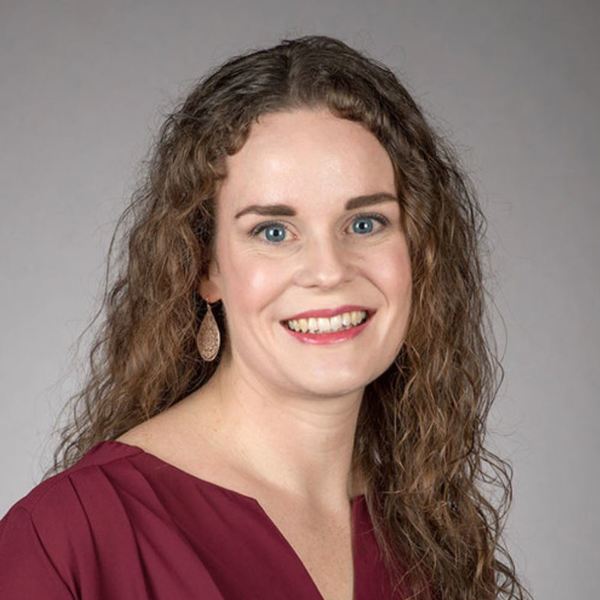In the life of the Church, the liturgy, especially the Mass, is something of a lightning rod. Mass attendance (or lack thereof) is viewed as the basic litmus test for a parish’s vitality, and many programs and initiatives are undertaken at the parish and/or diocesan level for the purposes of either increasing the numbers of those who attend Mass regularly or making the Mass a more meaningful experience for those who already go.
Why this emphasis on the liturgy, and particularly the Eucharistic celebration of Mass?
At the surface level, it's because the Mass is the central point of entry for most parishioners into the life of their church. If the Sunday Mass is poorly attended, it’s a safe bet that other parish programs like catechesis, youth and young adult ministry, and sacramental preparation are probably struggling as well. As goes the Sunday Mass, so goes the parish. At a deeper spiritual level, the Eucharistic liturgy is most often the central focus of parish ministry because it is in the liturgy that “the work of our redemption is accomplished” (Sacrosanctum Concilium, §2, emphasis added). Indeed, “the liturgy is the summit toward which the activity of the Church is directed; it is also the source from which all its power flows” (SC §10). The liturgy is the heart of the Body of Christ, pumping the blood of divine life into each of its members and drawing those members into a fuller communion with that divine life and with all others who share in it.
As the offering of the Son to the Father in the unity of the Holy Spirit, it is the liturgy that makes the Church; the liturgy brings the Church into being through the power of the Holy Spirit. We, then, as members of that Church—members of Christ’s Body—must understand our role in the celebration of that liturgy as the Virgin Mary understood her role in the Incarnation of Jesus Christ: we are the handmaids of the Lord, putting ourselves at the disposal of the Spirit’s grace so that the Word might become flesh in our hearts and so that we, like Mary, might bear that Word beyond the walls of the church into the world.
The liturgy daily builds up those who are in the Church, making of them a holy temple of the Lord, a dwelling-place for God in the Spirit (see Eph 2:21–22), to the mature measure of the fullness of Christ (see Eph 4:13). At the same time it marvelously enhances their power to those who are outside as a sign lifted up among the nations (see Is 11:12), a sign under which the scattered children of God may be gathered together (see Jn 11:52) until there is one fold and one shepherd (see Jn 10:16). (SC §3, emphasis added)
The liturgy is not simply something we do as members of Christ’s Body for our own edification; as Alexander Schmemann notes, it is something we offer to the Father, through, with, and in Christ, in the unity of the Holy Spirit, “for the life of the world.” Thus, the liturgy is not just the heart of the Body of Christ; it is also the heart of the New Evangelization. As Pope Francis writes in Evangelii Gaudium: “The Church evangelizes and is herself evangelized by the beauty of the liturgy” (§24).
By spending time in prayer and study around various facets of the liturgy every summer, we at the Notre Dame Center for Liturgy in the McGrath Institute for Church Life seek to nourish the imaginations of those who shape our experience and understanding of the liturgical celebration week in and week out.
- We seek to nourish preachers, that they might lead parishioners to a deeper encounter with Jesus Christ in the Scriptures.
- We seek to nourish liturgical musicians, that they might venture beyond the perception of their ministry as merely entertaining or pretty and strive instead to join the assembly’s song with that of the angels and saints.
- We seek to nourish liturgists and those who prepare others to receive the sacraments, that they might cultivate a vision in which this liturgical moment is not simply a personal milestone but a stepping stone in the life of faith that culminates in full communion with God in the beatific vision.
- We seek to nourish catechists, that they might share the beauty of the faith and cultivate a devotional life that flows from and leads back to the liturgical celebration, until the Christian’s life is gradually transformed into a continual offering of praise and thanksgiving.
In so doing, we hope to renew the Church at its source and its summit by renewing and reinvigorating the celebration of liturgy for the life of the Christian, the life of the parish, the life of the world.
To learn more about the McGrath Institute for Church Life‘s mission of nourishing the Catholic imagination and renewing the Church, read this week’s Editorial Musings by Timothy O’Malley.
Featured photo courtesy of Notre Dame Vision.
